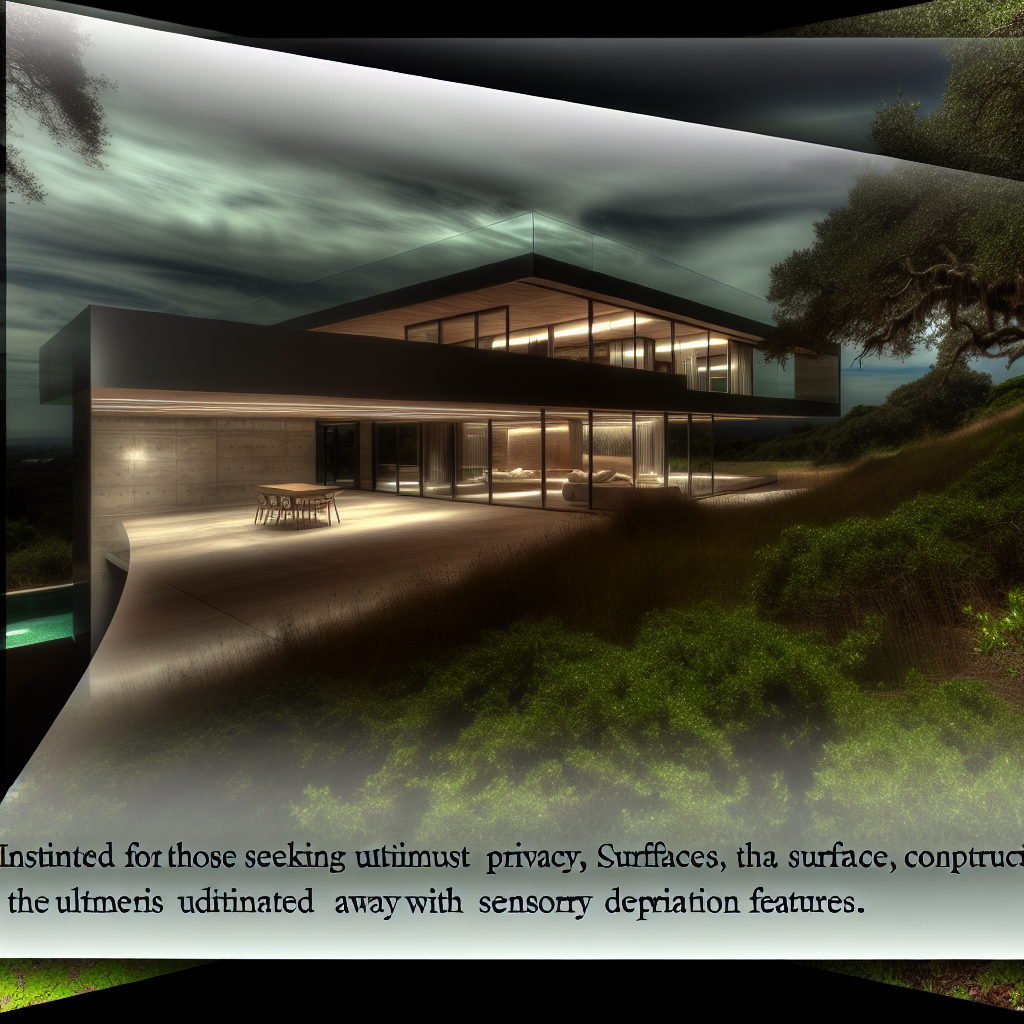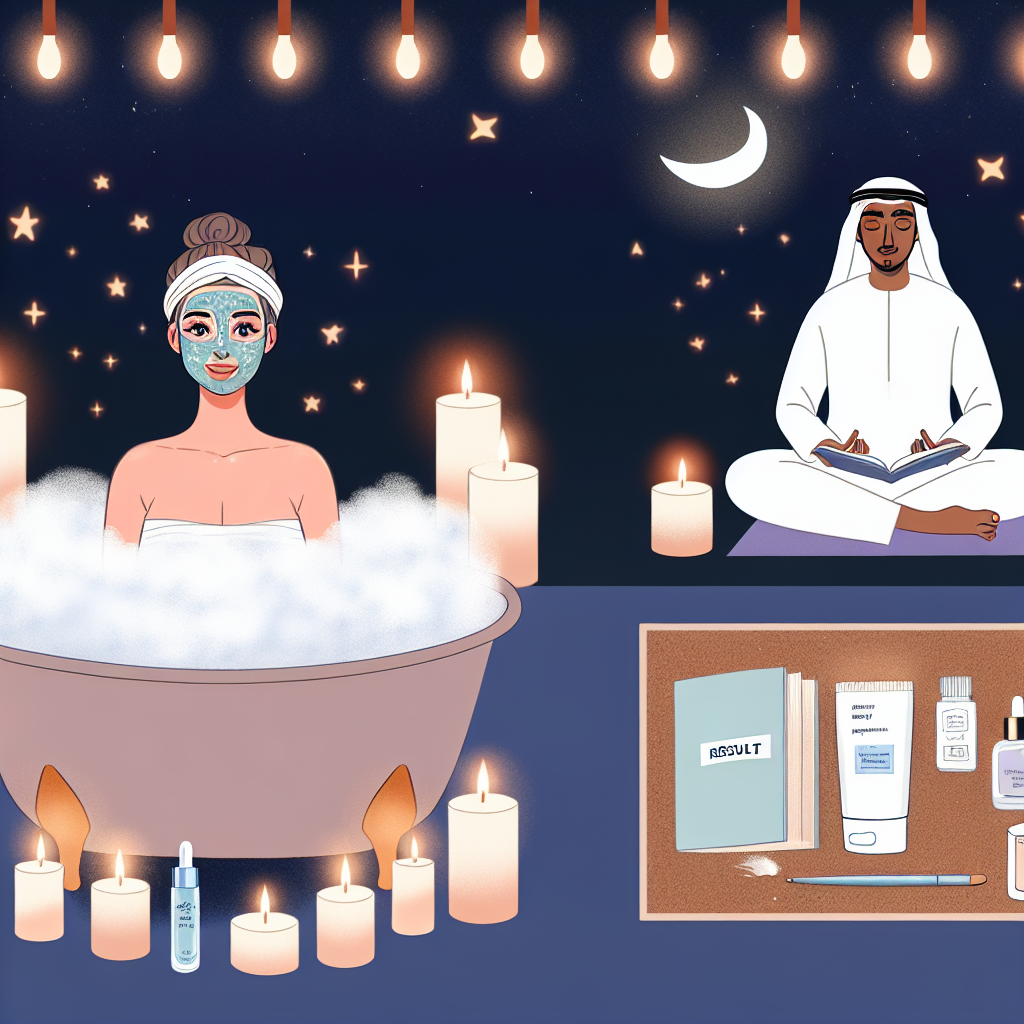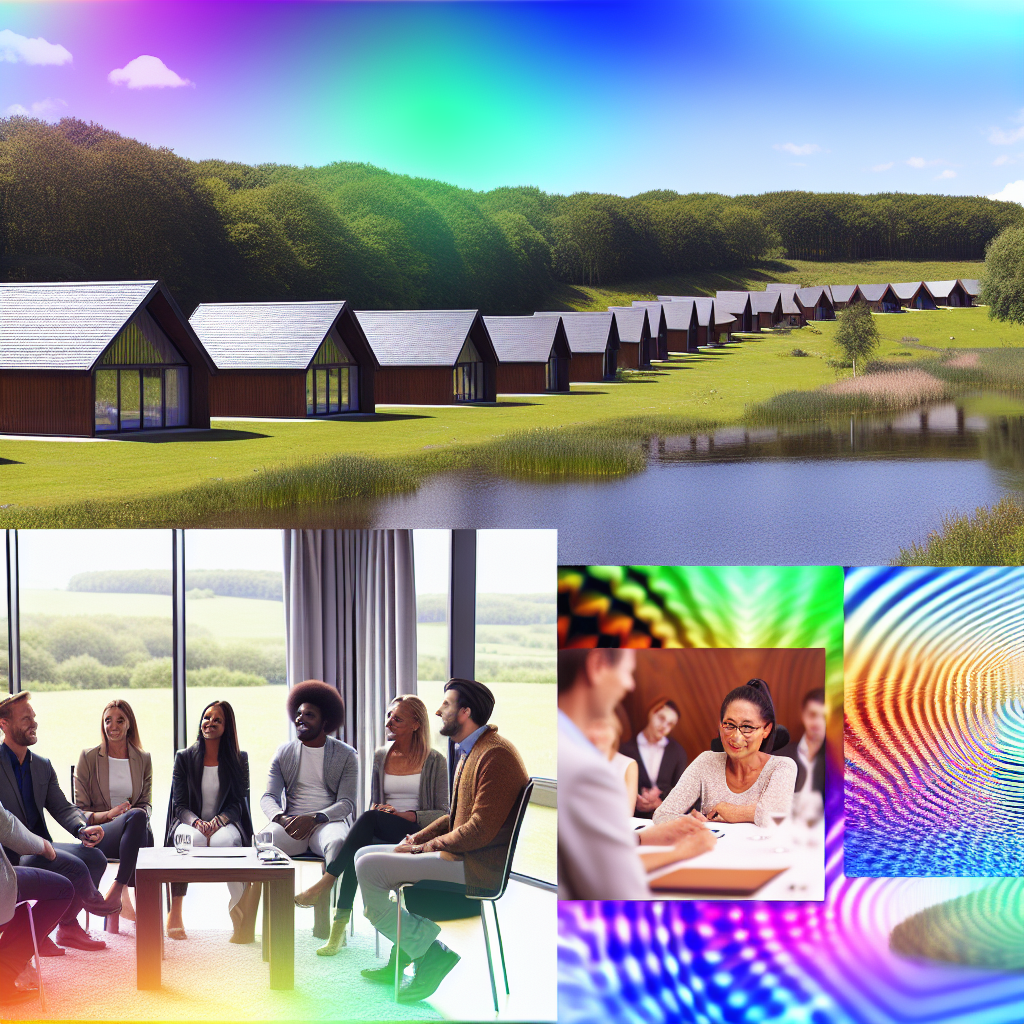Sensory Deprivation Estates: Ultimate Privacy Through Cutting-Edge Architectural Design
In a world of overwhelming stimuli, discover the future of luxurious solitude—where architecture meets neuroscience to deliver unrivaled mental clarity and physical wellness.
Welcome to the Next Level of Living: Sensory Deprivation Estates
In a world inundated with constant information, social expectations, and a relentless digital hum, individuals craving absolute peace and extreme privacy are turning to a revolutionary luxury concept: Sensory Deprivation Estates. These ultra-luxurious dwellings harmonize high-end architecture with state-of-the-art wellness technology, creating holistic private environments designed to disengage the senses, calm the nervous system, and elevate the human experience to unprecedented levels of tranquility.
Rooted in both neuroscience and architectural innovation, sensory deprivation estates cater to elite customers who seek more than just seclusion—they seek sanctuary. These properties go far beyond traditional luxury mansions with private pools and sprawling acreage. Instead, they employ design principles and advanced materials that insulate the user from external stimulation—noise, light, temperature fluctuations, and even digital signals. This serene detachment is executed without compromising opulence.
Drawing from the science behind sensory deprivation tanks—used in therapeutic contexts to induce deep relaxation and enhance neuroplasticity—the concept is elevated into architectural blueprints that facilitate full-body and full-mind rejuvenation. The estates integrate soundproof infrastructure, circadian lighting, pure oxygen-controlled airflows, anti-digital signal coating (Faraday rooms), and immersive passive wellness technologies.
As urban burnout and information fatigue continue to rise among high-achievers, celebrities, and global trendsetters, the appeal of this architectural innovation is undeniable. Wellness is now considered the ultimate luxury, and those seeking the pinnacle of mental clarity, physical restoration, and uninterrupted solitude are redefining what home means. Think of it as the antidote to overstimulation—a space not just for residing, but for renewing.
Around the world, elite homeowners from Beverly Hills to the Amalfi Coast are working with specialized architects and neuroscientists to commission custom sensory deprivation estates. These sensory-neutral residences not only command prestige but also integrate bespoke lifestyle design catered to the individual’s neurological profile, personal rhythms, and desired sensory thresholds.
Whether used by CEOs yearning for mental reset, retreat-goers seeking profound introspection, or celebrities desiring genuine anonymity, these estates represent the future of emotionally intelligent, deeply intentional living spaces. Welcome to the next echelon of luxury—where less stimulation equates to maximal restoration.
The Science Behind the Silence: Therapeutic Architecture & Human Restoration
Sensory deprivation in architecture is more than a novelty—it is anchored in empirical studies and wellness data that underscore its profound physiological and psychological benefits. Much of the inspiration arises from decades of clinical evidence related to floatation therapy and isolation tanks, which focus on reduced external stimuli to aid in healing and mental clarity.
Dr. Justin Feinstein, a leading clinical neuropsychologist and expert in interoception (how the brain perceives internal body states), has published multiple studies highlighting how isolation from sensory distractions can catalyze nervous system recalibration. According to his 2018 study in the journal PLoS ONE, participants who engaged in one-hour floatation therapy sessions displayed immediate reductions in anxiety and stress, an effect that lasted for several days. These findings have profound implications for the construction of total-environment sensory deprivation through architectural means. (Feinstein et al., PLoS ONE Study, 2018)
Architectural Harmony: Design Elements That Redefine Luxury Wellness
Design-build firms working with neuroscientific consultants are engineering high-end residential environments that simulate floatation experiences and integrate them into entire living spaces. Below are the key structural and environmental innovations:
– Dynamic Circadian Lighting: Systems like Ketra and Lutron mimic natural light cycles, keeping melatonin production in balance and promoting better sleep hygiene and emotional regulation.
– Total Acoustic Insulation: Using acoustic bricks, multi-layered walls, and floating floors, noise pollution is all but eliminated, resulting in a space that invites deep nervous system rest. The World Health Organization confirms reduced noise exposure significantly lowers the risk of cardiac disease and cognitive fatigue. (WHO, Environmental Noise Guidelines, 2018)
– Faraday Rooms & EMF Shielding: With growing concern over electromagnetic fields (EMF), many estates now feature EMF-neutral rooms to support deeper sleep, hormone regulation, and inner balance. (BRMI EMF Research)
– Immersive Passive Wellness: Elements such as oxygen-enriched airflow, aromatherapeutic HVAC systems, and temperature-optimized microclimates are specifically tailored to promote parasympathetic activity—the body’s rest and digest state.
The Mindful Home: Where Neuroscience Meets Interior Peace
The psychology of space is critical when building environments meant to restore, rather than deplete. Open-plan layouts, clean lines, and neutral materials with low-stimulation design reduce cognitive load and enhance focus. According to a study by the University of California, Berkeley, environments with fewer sensory cues allow individuals to perform better in decision-making tasks and improve mental well-being. (UC Berkeley Study, 2020)
Sensory deprivation estates, therefore, are not sensory “voids” but sensory sanctuaries—crafting comfort and restoration through intentional, subdued architecture.
A New Standard in Sanctuary: More Than Real Estate, A Reset
Sensory Deprivation Estates represent the zenith of modern luxury living—where peace is not simply privacy, but neurological sanctuary. Leveraging architectural brilliance and scientific insight, these custom environments grant discerning individuals a controlled escape from the overstimulated world.
As wellness and sophistication intersect more intimately than ever before, these sanctuaries stand as oases of calm—sculpted for restoration, engineered for elegance, and destined for those who desire not to escape life, but to fully reclaim it.
References
- Feinstein, J. S., et al. (2018). Examining the short-term anxiolytic and antidepressant effect of floatation-REST. PLOS ONE. Read More
- World Health Organization. (2018). Environmental Noise Guidelines for the European Region. Access Report
- Bioregulatory Medicine Institute (BRMI). Research on EMF. Visit BRMI
- University of California, Berkeley. (2020). Study on Sensory Load and Mental Function. Read Study
Summary:
Sensory Deprivation Estates are ultra-luxurious dwellings that harmonize high-end architecture with state-of-the-art wellness technology, creating holistic private environments designed to disengage the senses, calm the nervous system, and elevate the human experience to unprecedented levels of tranquility. Rooted in neuroscience and architectural innovation, these estates cater to elite customers seeking sanctuary from the overstimulating world, integrating design elements like dynamic circadian lighting, acoustic insulation, EMF shielding, and immersive passive wellness technologies to promote profound relaxation and restoration.

Dominic E. is a passionate filmmaker navigating the exciting intersection of art and science. By day, he delves into the complexities of the human body as a full-time medical writer, meticulously translating intricate medical concepts into accessible and engaging narratives. By night, he explores the boundless realm of cinematic storytelling, crafting narratives that evoke emotion and challenge perspectives. Film Student and Full-time Medical Writer for ContentVendor.com




